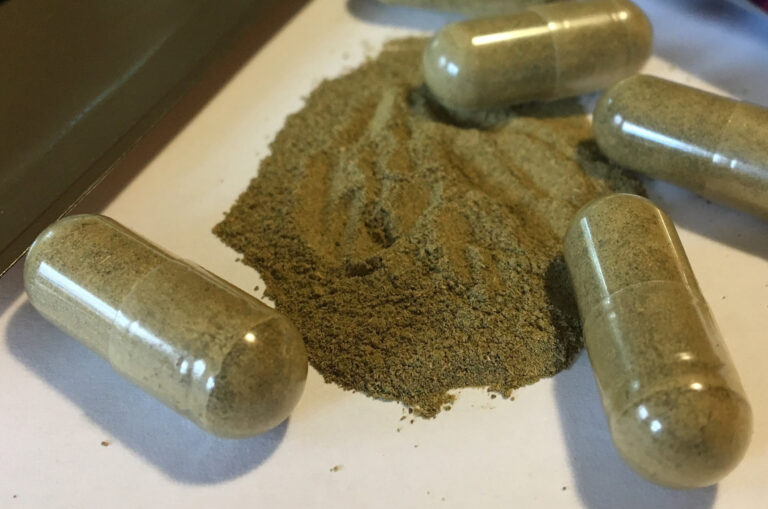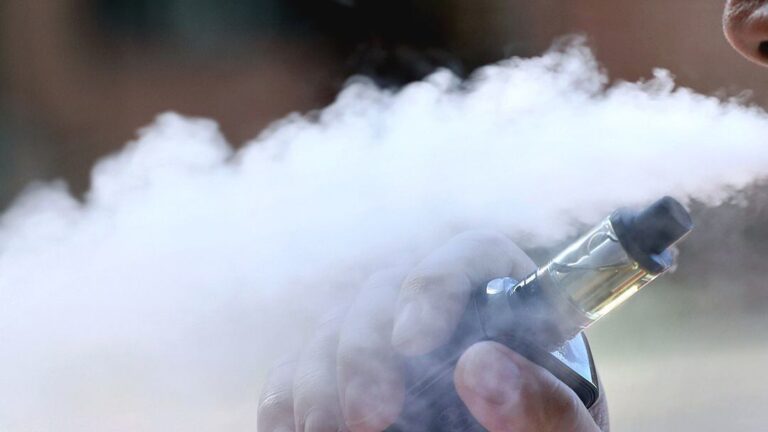Normal passivation cleans stainless-steel components with nitrous or lemon juice and eliminates any leftover residual ferrous and unwanted materials.. This inorganic material, also known as corrosion protection, serves as just a corrosive barrier. Nevertheless, corrosion inhibition alone cannot ensure that components will fulfill regulatory requirements.
Any solvent treatment that would be inconsistent only with electropolishing machine elements can cause flash assault, which results in scratched and abrasive parts, as well as grain boundary attack, which reduces contribution to sustainable development and lifespan. Corrosion inhibition can take away free metal from components, but it didn’t escape free copper trapped inside the capillaries of steel.
Environment
Numerous stainless-steel automobile parts should always be passivated to guarantee that they have been in a corrosive environment and do not fail prematurely, two important aspects for effectiveness as well as a long operating life. If indeed the formation of a protective process is done wrong, the components will become even more corrosive and maybe less corrosive. This electropolishing machine necessitates the use of a proper vacuum distillation procedure when treating certain metals. This acid solution doesn’t always entirely wash the pieces, even though it is inconsistent with some stainless-steel compositions, thus corrosion inhibition may never be successful.
Production
Passivation alone isn’t adequate to assure corrosion resistance in car components. Overall metallurgical examination for stainless-steel compositions used during production is vital, however, the component finishing procedure utilized to guarantee the item is inactive is therefore important.
Electropolishing, often known as “counter plating,” seems to be an oxidation technique that was invented. It uses a combination of rectifying voltage as well as a corrosive electrolyte solution to eliminate defects from metallic items’ surfaces.













